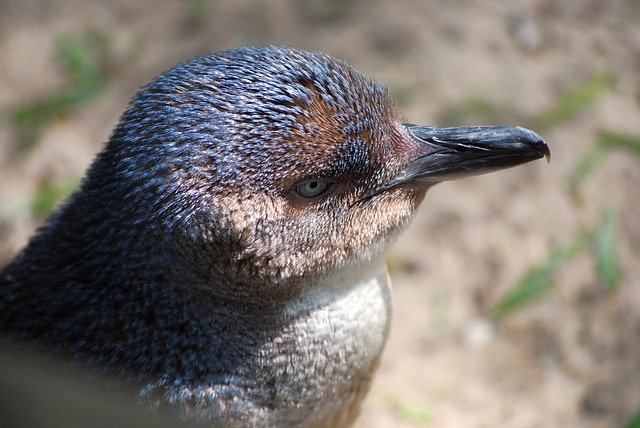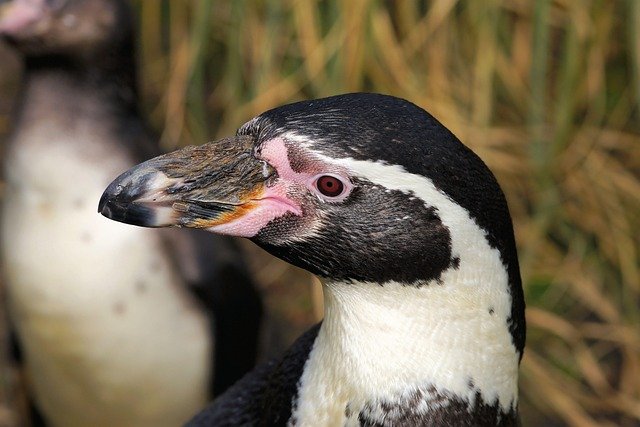**Title: "The Social Structures of Penguins: How Community Shapes Survival in Harsh Environments"

The Social Structures of Penguins: How Community Shapes Survival in Harsh Environments
Penguins are fascinating creatures, not only for their unique adaptations to life in cold climates but also for their intricate social structures. In this post, we will explore how these social dynamics play a crucial role in their survival, especially in the harsh environments they inhabit.
The Importance of Community
Penguins are highly social animals that thrive in colonies, which can range from a few dozen to several thousand individuals. These colonies provide numerous benefits:
Protection from Predators: Living in large groups helps penguins reduce the risk of predation. The sheer number of individuals can confuse predators, and there are always some members on alert for danger.
Thermal Regulation: In frigid temperatures, penguins huddle together to conserve warmth. This communal behavior allows them to endure extreme cold, as the collective body heat of the group helps maintain a stable temperature.
Resource Sharing: Penguins often share information about food sources and hunting grounds. By working together, they can increase their foraging efficiency, ensuring that more members of the colony have access to food.
Hierarchical Structures
Within penguin colonies, social hierarchies often emerge. Dominant individuals may have priority access to food and mates, while subordinates may have to work harder to secure their place within the group. These hierarchies can be fluid, with individuals changing ranks based on their health, age, and reproductive success.
Mating and Parenting
Penguin social structures also influence mating behaviors. Many species engage in elaborate courtship rituals, and successful pair bonding often leads to cooperative parenting. For instance, in Emperor Penguins, both parents take turns incubating their eggs and feeding their chicks, demonstrating a strong partnership that is essential for the survival of their young.
Communication and Social Bonds
Penguins have developed a range of vocalizations and body language to communicate with one another. These signals are crucial for maintaining social bonds within the colony. For example, during the breeding season, penguins can recognize their mate's call among thousands of others, showcasing the importance of individual recognition in their social structures.
The Impact of Environmental Changes
As climate change and human activities threaten their habitats, the social structures of penguins are increasingly put to the test. Changes in ice patterns, food availability, and breeding grounds can disrupt these communities, leading to increased competition and stress. Understanding the social dynamics of penguins is essential for conservation efforts aimed at protecting these remarkable birds and their habitats.
Conclusion
The social structures of penguins are a testament to the power of community in overcoming the challenges posed by their harsh environments. By relying on each other for protection, warmth, and resources, penguins exemplify the importance of social bonds in the animal kingdom. As we continue to study these remarkable creatures, it becomes clear that their survival is not just a matter of individual resilience but also of collective strength.
For more insights into the lives of penguins and their social behaviors, stay tuned for our upcoming posts! 🐧
